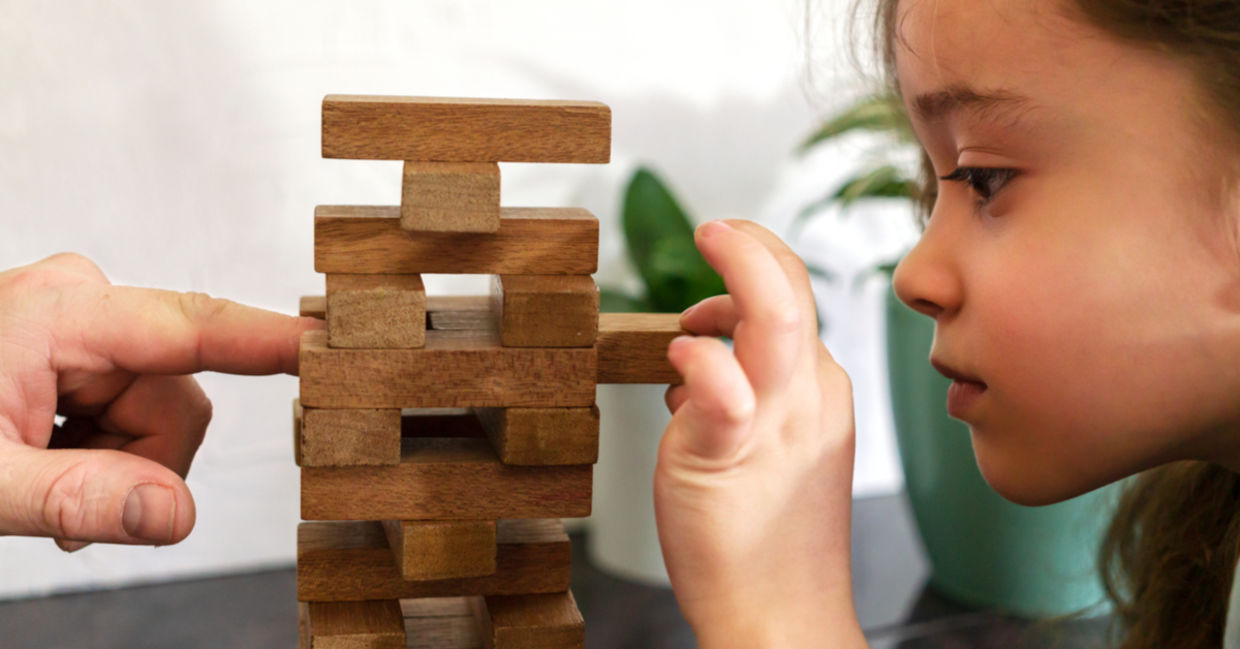
(Borysovsky / Shutterstock.com)
Over the past year, resilience has proven to be a pivotal skill, especially for children. Many have learned to live with social distancing measures, adapting to virtual lessons, playdates, and after-school activities. Parents understand how essential it is to teach their children resilience, and when children develop these coping skills early on, they will be more equipped for obstacles that may come their way in the future.
Resilience is an ability to recover quickly from a difficulty. It is a skill that can be learned and developed with practice, Allie Riley told Time. Riley works for Girls on the Run, a non-profit that teaches young girls life skills such as confidence and connection while integrating running. She explained that parents should first teach children how to name their emotions, even at a very young age. Identifying emotions is key to finding a suitable response.
Anthony James from Miami University in Ohio compares resilience training to teaching kids how to drive. “The ultimate goal is to have a child that is able to drive safely anywhere, but you don’t start them out on the freeway. Instead, you start small and help them work their way up,” James told Time.
In order to improve resilience, parents should model this behavior when their child is young. Amy Morin, author of 13 Things Mentally Strong Parents Don’t Do, told Fatherly that parents should not avoid failure. Rather, they should talk about it with their children so kids learn that failing is also a part of life.
"Mentally strong #parents provide their #kids with the support and help they need coping with pain so their kids can gain #confidence in their ability to deal with whatever hardships life throws their way." 13 things mentally strong parents don't do: https://t.co/V7rRbJ7YLw pic.twitter.com/hhns6RkUMH
— Michael G. Thompson (@MGThompsonPHD) May 12, 2018
As children are watching their parents carefully, adults should learn how to model positive responses. If kids see their parents staying calm during stressful situations, they will copy this response.
Parents should also be aware of their children’s feelings. If the child becomes frustrated or upset, it is critical to acknowledge their feelings and assure them that however they feel is okay and accepted. By flipping a tough situation into a lesson, children will understand they are responsible for their actions and how they make others feel.
Additionally, if the adult makes a mistake, they should acknowledge it, apologize, and discuss this with their kids. Strengthening this trait will help children handle issues in the future. “You want children to be able to handle setbacks, hardship, and failure. So that someday, when they move out of the house, they can handle a problem at work, issues with a roommate at college, failing a test,” Morin noted.
Although it can be a long process, teaching resilience will help children turn into independent and responsible adults who can overcome stressful situations. Dr. Mary Alvord, co-author of Resilience Builder Program for Children and Adolescents, resilience to a muscle that should be kept strong and flexible. “At the core, resilience is the belief that while you can’t control everything in your life, there are many aspects you can control, including your attitude,” Alvord explained to the Washington Post.
An understanding of this important approach may help children recover from setbacks and conflicts. Although social distancing and virtual classrooms were unexpected, children have had to adapt and roll with the punches. It may not always be easy, but with the support of their parents, kids can feel validated in their responses. And when children practice their resilience in handling tough times, they come out strong and positive.
YOU MIGHT ALSO LIKE:
10 Good Reasons to Think Like an Optimist
Creativity and Innovation Shine Through Remote Learning
Hacks to Help Singles Boost Quarantine Resilience







